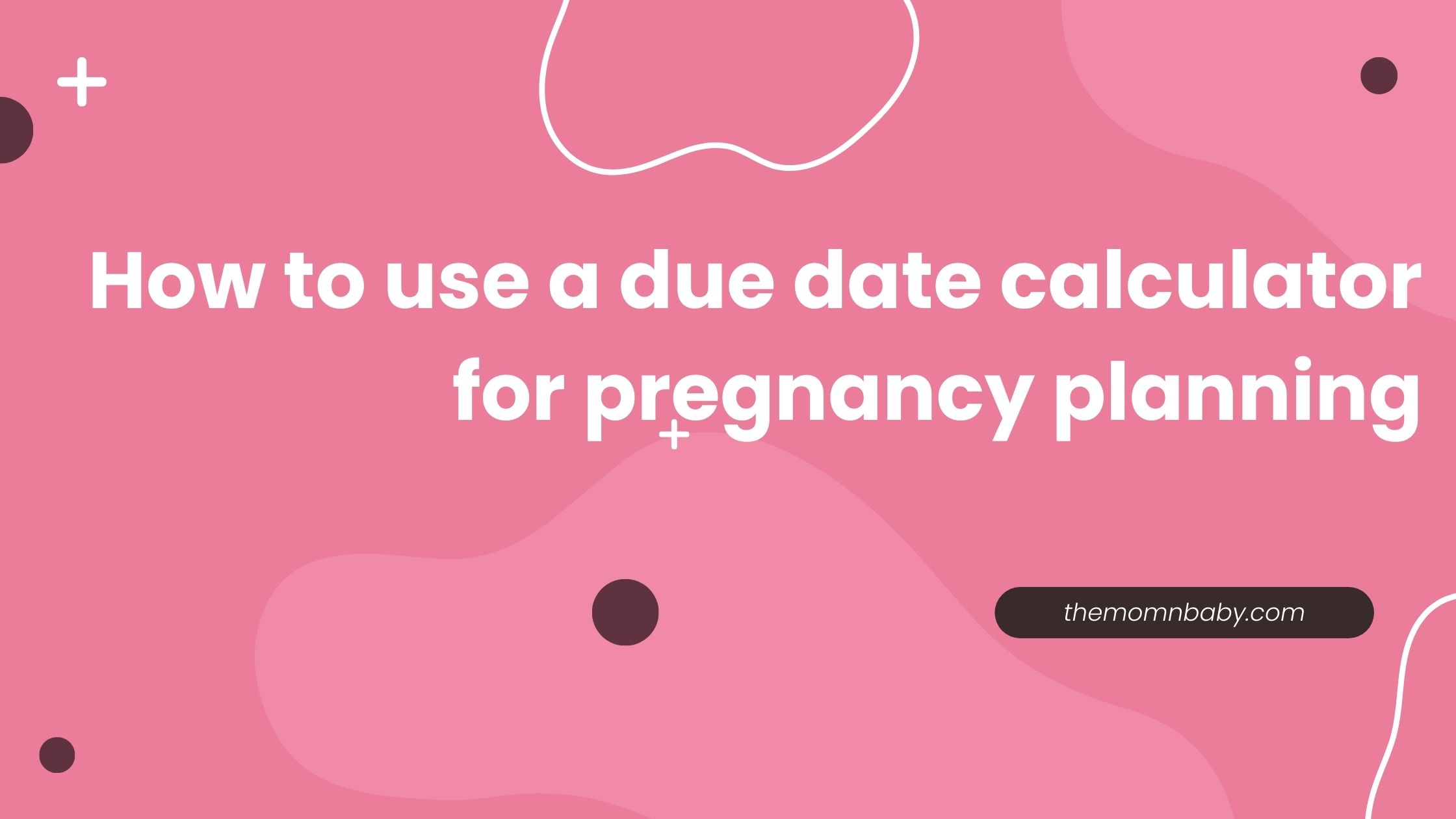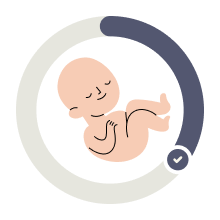Congratulations on reaching week 6 of your pregnancy! It’s such an exciting time as your baby’s development is in full swing. At this stage, your little one’s heart is already beating, and their brain is growing rapidly. Can you believe it? Tiny arm and leg buds are starting to form, and soon, those little facial features will take shape too.
I know that this phase may come with some challenges, like morning sickness and fatigue, but hang in there; it’s all part of this incredible journey. Make sure to take good care of yourself and keep up with your prenatal visits to ensure both you and your baby stay healthy. we are here to support you every step of the way! Feel free to ask any questions or share any concerns you may have. Let’s make this pregnancy journey a wonderful one! 💕🤰
Quick Facts of Pregnancy week 6
|
|
|

Your Unborn Baby’s Size at 6 Weeks
At 6 weeks of pregnancy, your baby is approximately the size of a pomegranate seed, which is around 0.25 inches (0.6 cm) long. This means that your baby is still very small and is just beginning to develop the major organs and body systems. While it may seem small, your baby is growing rapidly and will continue to do so throughout your pregnancy.
Symptoms Pregnancy week 6
At 6 weeks of pregnancy, you may start experiencing more noticeable pregnancy symptoms as your body adjusts to the changes brought on by pregnancy. Some common symptoms at an early stage include:
Nausea and vomiting: Many women experience morning sickness, which can happen at any time of the day, during the first trimester.
Fatigue: You may feel more tired than usual, as your body works hard to support your growing baby.
Breast tenderness: Your breasts may feel sore or sensitive due to hormonal changes in your body.
Frequent urination: You may find yourself needing to use the bathroom more often than usual, as your uterus grows and puts pressure on your bladder.
Cramping and spotting: You may experience some mild cramping and spotting as your uterus grows and the embryo implants into the uterine lining. However, if you experience heavy bleeding or severe pain, you should contact your healthcare provider.
Mood swings: You may feel more emotional than usual, as your body undergoes hormonal changes.
It’s important to remember that every pregnancy is different, and not all women experience the same symptoms or with the same intensity.
Prenatal Tests and Doctor’s Appointments at Pregnancy week 6
Some of the prenatal tests and procedures that may be done during the first appointment at the 6th week of pregnancy include:
Medical history and physical exam:
The healthcare provider will ask the mother about her medical history, including any pre-existing conditions, medications, and allergies. A physical exam will also be performed to check the mother’s overall health.
Blood tests:
Blood tests may be done to check the mother’s blood type, Rh factor, and to screen for infections such as HIV, hepatitis B, and syphilis.
Urine test:
A urine test may be done to check for urinary tract infections and other health concerns.
Pap smear:
A Pap smear may be done to screen for cervical cancer.
Pelvic exam:
A pelvic exam may be done to check the size and shape of the uterus and ovaries.
Ultrasound:
An ultrasound confirms the pregnancy and checks the gestational age of the fetus.
Genetic testing:
Depending on your medical history and family history, your healthcare provider may recommend genetic testing to screen for certain genetic disorders.
Is it possible to detect twin in 6th week?
Yes, it is possible to detect a twin pregnancy as early as 6 weeks through an ultrasound scan. During an ultrasound, a healthcare provider can see the gestational sacs and fetal poles, which are the early signs of pregnancy. In a twin pregnancy, there will be two gestational sacs and two fetal poles visible on the ultrasound.
- Not all twin pregnancies are visible at 6 weeks.
- Sometimes, only one baby is seen during the ultrasound at 6 weeks.
- The second baby may be detected later on.
Additionally, sometimes one twin may be smaller or less developed than the other, making it more difficult to detect both fetuses on an early ultrasound.
It is recommended that women receive regular prenatal care and ultrasound scans throughout their pregnancy to monitor the health of both the mother and the fetus.
Risk in the Pregnancy week 6
During the Pregnancy week 6, the risk of miscarriage is still relatively high. According to research, the risk of miscarriage decreases as the pregnancy progresses, with most miscarriages occurring during the first trimester (up to 12 weeks).
Other risks during the 6th week of pregnancy may include ectopic pregnancy. which is a serious medical condition where the fertilized egg implants outside of the uterus, usually in the fallopian tube.
Ectopic pregnancies require immediate medical attention, as they can cause life-threatening complications if left untreated.
It is also important to note that certain lifestyle factors can increase the risk of complications during pregnancy. These factors include smoking, alcohol consumption, drug use, and exposure to environmental toxins. It is essential to maintain a healthy lifestyle and to seek prenatal care early in pregnancy. For minimize the risks and promote a healthy pregnancy.
Developmental Milestones at Pregnancy week 6
In the 6th week of development, an embryo undergoes significant changes and growth. Here are some developmental milestones that typically occur during this period:
Neural tube development: The neural tube, which will eventually form the brain and spinal cord, begins to close.
Heart development: The heart continues to develop and starts beating.
Limb bud formation: Small buds form which will become the arms and legs.
Eye and ear development: Optic vesicles and ear vesicles begin to form.
Facial features development: Facial features like the mouth, nose, and ears start to take shape.
Digestive system development: The digestive system starts forming, including the liver, pancreas, and intestines.
Umbilical cord formation: The umbilical cord, which connects the embryo to the placenta, begins to form.
It’s important to note that these milestones can vary slightly from baby to baby and that development can be affected by various factors such as genetics, environment, and maternal health.





